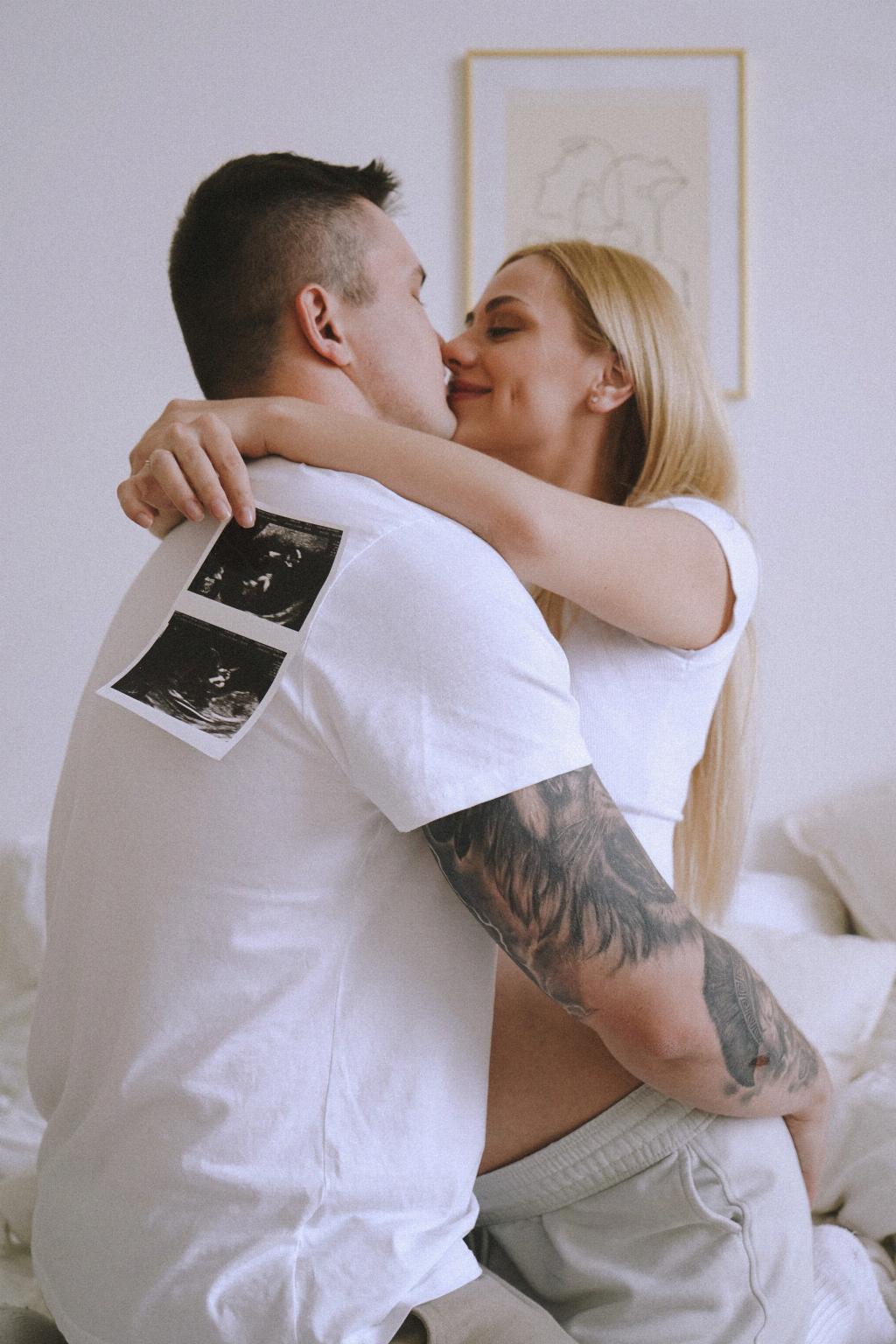At 20 weeks into your pregnancy, you may be curious about the position of your baby in the womb. During this stage, your body is undergoing significant changes to accommodate your growing baby. The uterus is expanding upwards towards your belly button, providing more space for your little one to move and stretch.
Room for Movement
At this point, your baby still has plenty of room to wiggle around in the womb. They may be changing positions frequently, flipping from side to side as they explore their surroundings. You may start to feel more pronounced movements as your baby becomes more active.
Head-Down Birth Position
While your baby is free to move around in the womb at 20 weeks, they have not yet settled into the head-down birth position. This position, with the baby’s head facing downwards towards the birth canal, typically occurs later in the third trimester as your due date approaches.
Exploring the Womb
During the 20th week of pregnancy, your baby is still in the process of exploring their environment within the womb. They may be practicing movements that will be crucial for their development, such as stretching their limbs and kicking gently against the uterus walls.
Ample Room for Growth
Even though your baby is becoming more active and mobile at 20 weeks, there is still ample room for growth within the womb. The amniotic fluid provides a cushioning environment for your baby to continue developing and gaining weight throughout the second trimester.
Changing Positions
With all the space available in the womb, your baby may be changing positions frequently during week 20. They could be found in a breech position (feet or buttocks first) one day and then switch to a transverse position (lying sideways) the next, showcasing their flexibility in the confined space.
Muscle Development
As your baby moves around and changes positions in the womb, they are also working on building muscle strength and coordination. These movements help in the development of their motor skills, which will be essential for independent movement after birth.
Maturing Senses
During the 20th week of pregnancy, your baby’s senses are continuing to mature. They may begin to react to sounds from outside the womb, such as your voice or loud noises. Their sense of touch is also developing, and they may respond to gentle prods or pokes.
Feeling the Movements
As your baby grows and becomes more active, you may start to feel their movements more distinctly at 20 weeks. These little kicks, flutters, and rolls are a reassuring sign of your baby’s well-being and a connection between the two of you as you bond during pregnancy.
Monitoring Baby’s Position
While your baby may not be in the head-down position yet at 20 weeks, your healthcare provider will continue to monitor their position during prenatal check-ups. Regular ultrasounds and physical examinations can help determine the baby’s presentation and ensure they are growing healthily in the womb.
Preparing for Birth
Even though your baby is still moving around freely in the womb at 20 weeks, their eventual descent into the head-down position is a crucial step towards preparing for birth. This position optimizes the birthing process and minimizes the risk of complications during delivery.
Enjoying the Journey
As you reach the halfway point of your pregnancy at 20 weeks, it’s essential to enjoy the journey of carrying and nurturing your growing baby. Each week brings new developments and milestones, and observing your baby’s movements and positions in the womb is a remarkable part of the miraculous process of creating new life.

